The federal government waited until mid-March to bulk-order coronavirus supplies, AP reports

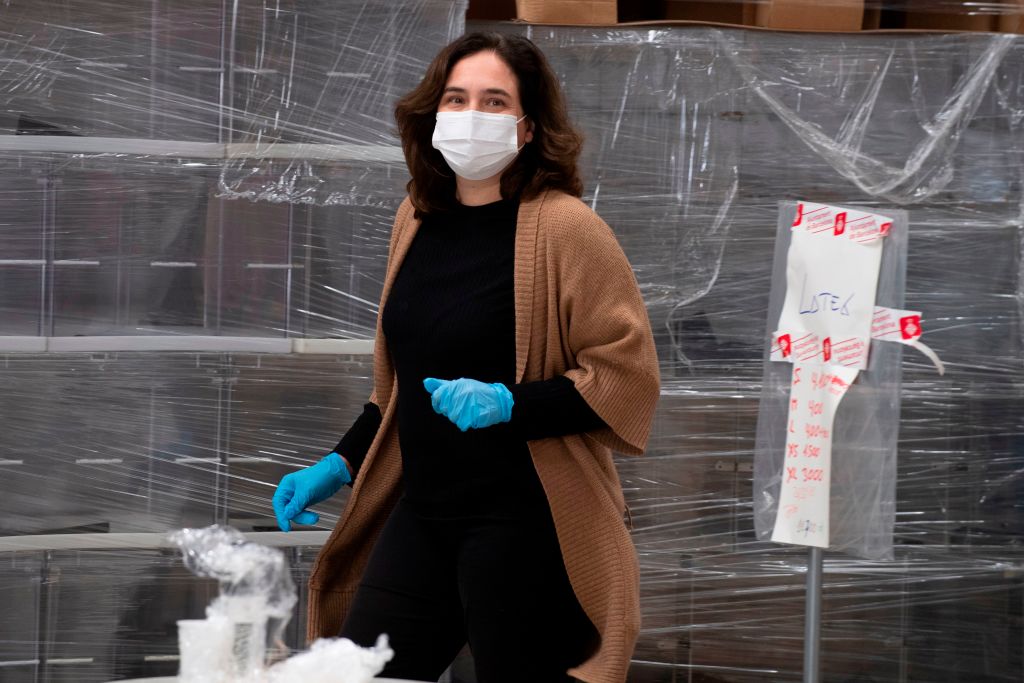
U.S. officials and intelligence agencies started warning the White House in mid-January that the coronavirus outbreak in China could spread through the U.S. and around the world, but "the Trump administration squandered nearly two months that could have been used to bolster the federal stockpile of critically needed medical supplies and equipment," The Associated Press reported Sunday night. "A review of federal purchasing contracts by The Associated Press shows federal agencies largely waited until mid-March to begin placing bulk orders of N95 respirator masks, mechanical ventilators, and other equipment needed by front-line health care workers."
By mid-March, U.S. hospitals in hard-hit areas were treating a rising number of COVID-19 patients without adequate equipment, states were bidding against each other for masks and ventilators on the open market, and Trump was telling states the role of the U.S. stockpile was supplier of last resort. "The notion of the federal stockpile was it's supposed to be our stockpile," Jared Kushner, Trump's son-in-law and senior adviser in charge of coronavirus supply chains, said Thursday. "It's not supposed to be state stockpiles that they then use."
An AP reporter asked Trump about the federal supply shortfall at Sunday night's briefing, Trump dismissed the question and ended the briefing.
The Week
Escape your echo chamber. Get the facts behind the news, plus analysis from multiple perspectives.

Sign up for The Week's Free Newsletters
From our morning news briefing to a weekly Good News Newsletter, get the best of The Week delivered directly to your inbox.
From our morning news briefing to a weekly Good News Newsletter, get the best of The Week delivered directly to your inbox.
The federal emergency stockpile was created in 1999 to prepare for the Y2K issue, then was expanded after the Sept. 11, 2001, attacks and stocked up with pandemic response supplies in 2006. Greg Burel, director of the federal stockpile from 2007 until his retirement in January, told AP that based on budget allocations, it was intended only as a "bridge stock."
"States do not have the purchasing power of the federal government," said former Health and Human Services Secretary Kathleen Sebelius, who also served as governor of Kansas. "They do not have the ability to run a deficit like the federal government. They do not have the logistical power of the federal government." Now, she added, "we basically wasted two months." Read more at The Associated Press.
A free daily email with the biggest news stories of the day – and the best features from TheWeek.com
Peter has worked as a news and culture writer and editor at The Week since the site's launch in 2008. He covers politics, world affairs, religion and cultural currents. His journalism career began as a copy editor at a financial newswire and has included editorial positions at The New York Times Magazine, Facts on File, and Oregon State University.
-
 The rise of runcations
The rise of runcationsThe Week Recommends Lace up your running shoes and hit the trails on your next holiday
-
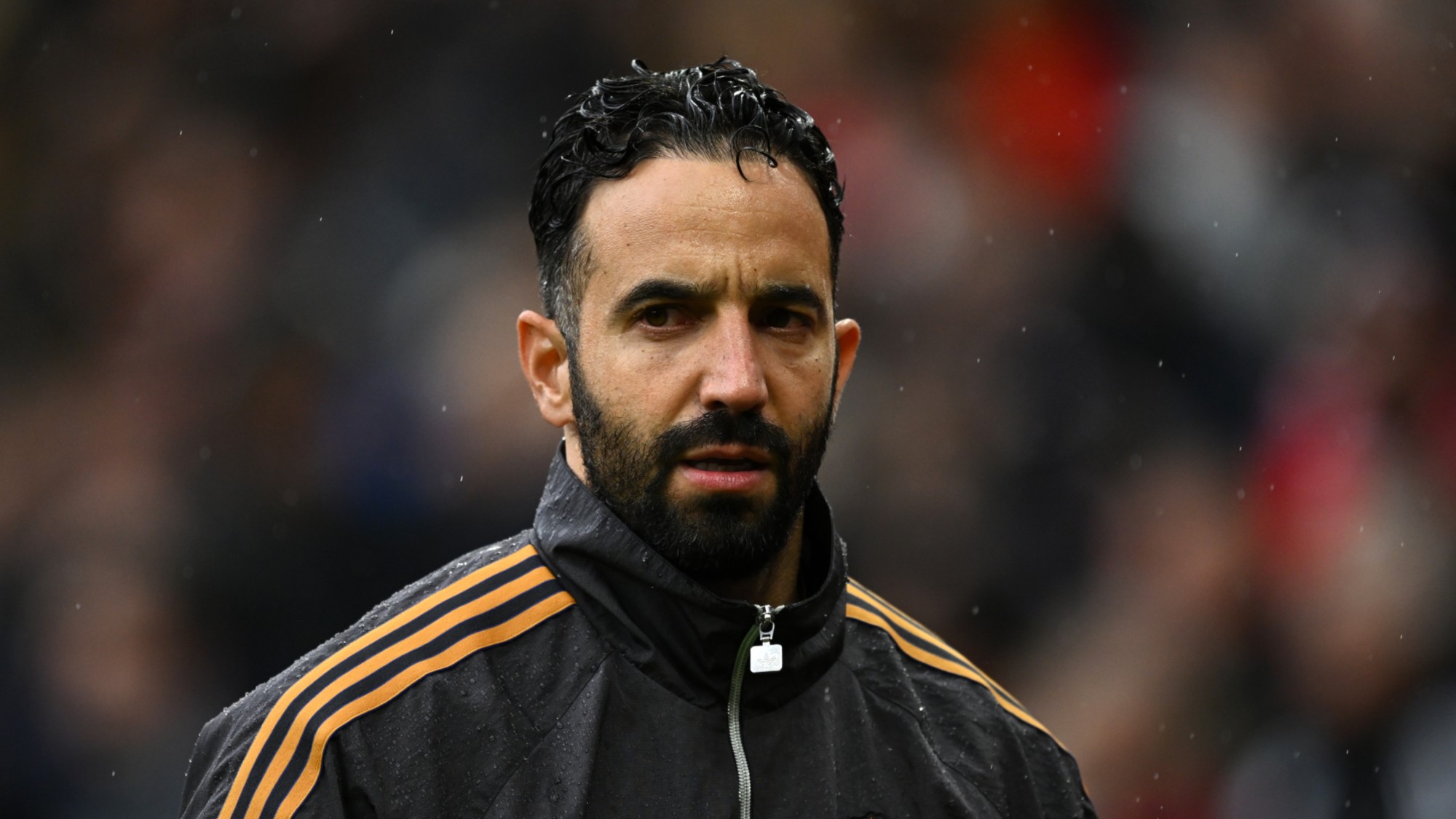 Amorim follows Maresca out of Premier League after ‘awful’ season
Amorim follows Maresca out of Premier League after ‘awful’ seasonIn the Spotlight Manchester United head coach sacked after dismal results and outburst against leadership, echoing comments by Chelsea boss when he quit last week
-
 ‘Jumping genes': How polar bears are rewiring their DNA to survive the warming Arctic
‘Jumping genes': How polar bears are rewiring their DNA to survive the warming ArcticUnder the radar The species is adapting to warmer temperatures
-
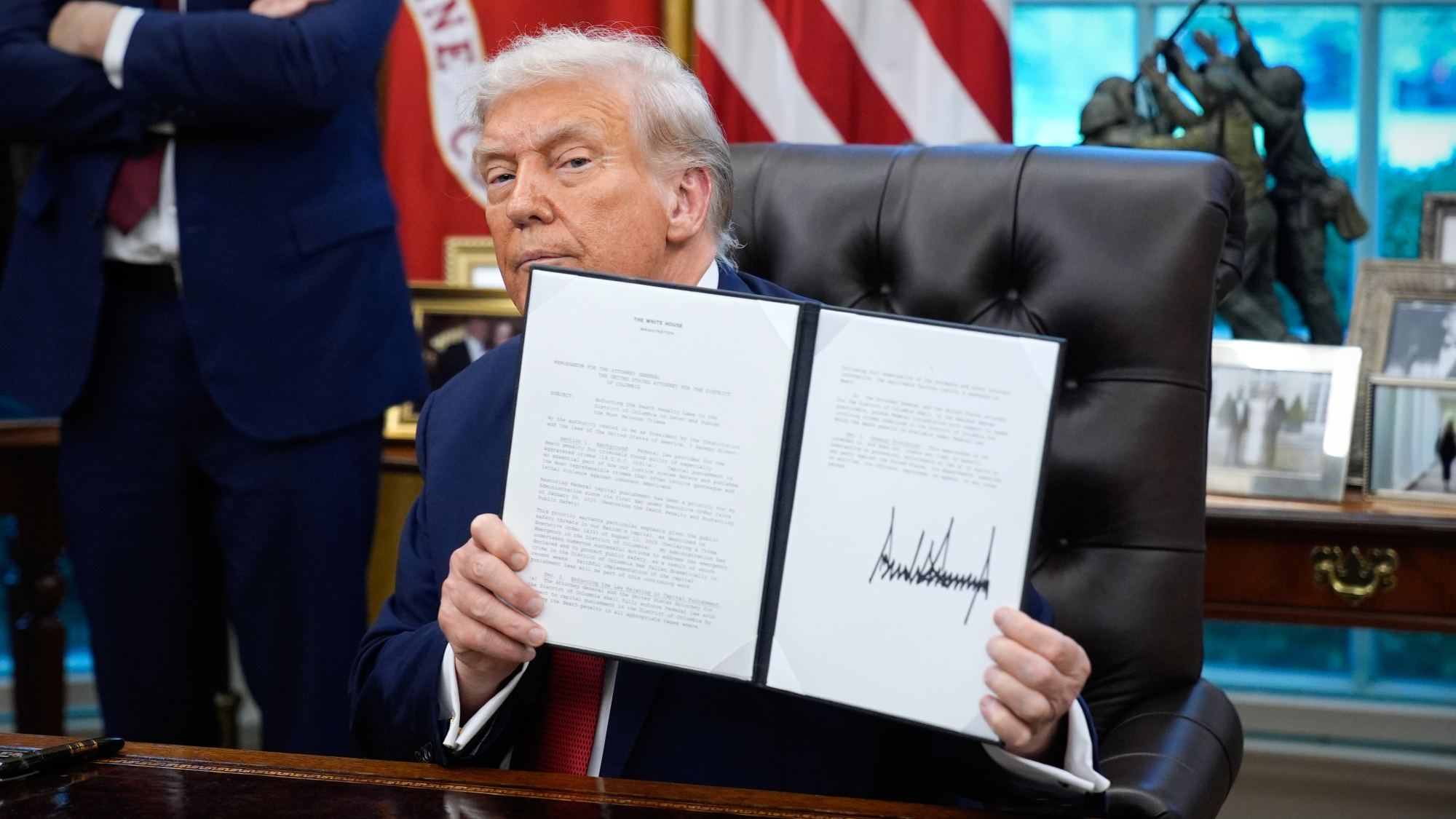 TikTok secures deal to remain in US
TikTok secures deal to remain in USSpeed Read ByteDance will form a US version of the popular video-sharing platform
-
 Unemployment rate ticks up amid fall job losses
Unemployment rate ticks up amid fall job lossesSpeed Read Data released by the Commerce Department indicates ‘one of the weakest American labor markets in years’
-
 US mints final penny after 232-year run
US mints final penny after 232-year runSpeed Read Production of the one-cent coin has ended
-
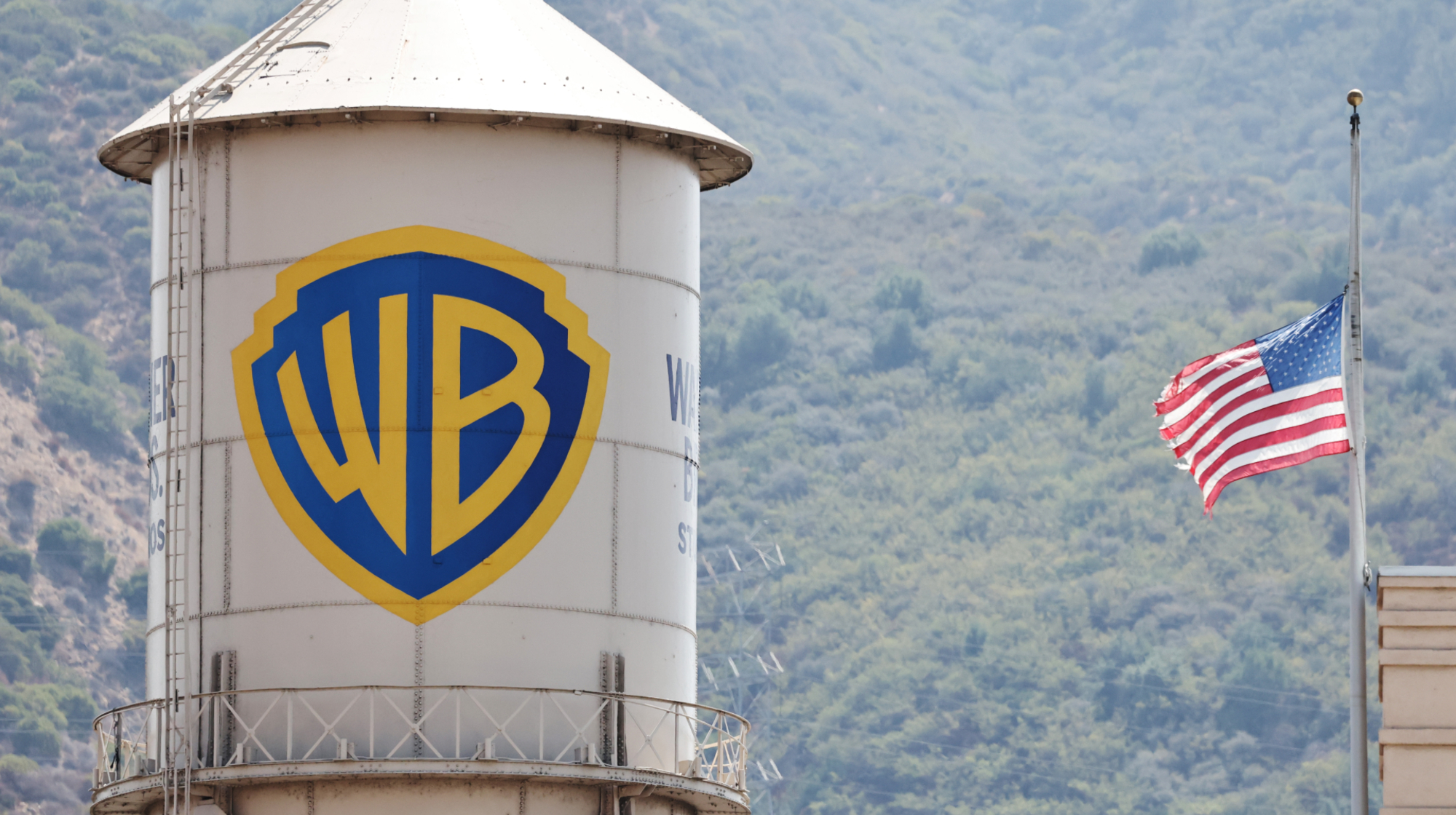 Warner Bros. explores sale amid Paramount bids
Warner Bros. explores sale amid Paramount bidsSpeed Read The media giant, home to HBO and DC Studios, has received interest from multiple buying parties
-
 Gold tops $4K per ounce, signaling financial unease
Gold tops $4K per ounce, signaling financial uneaseSpeed Read Investors are worried about President Donald Trump’s trade war
-
 Electronic Arts to go private in record $55B deal
Electronic Arts to go private in record $55B dealspeed read The video game giant is behind ‘The Sims’ and ‘Madden NFL’
-
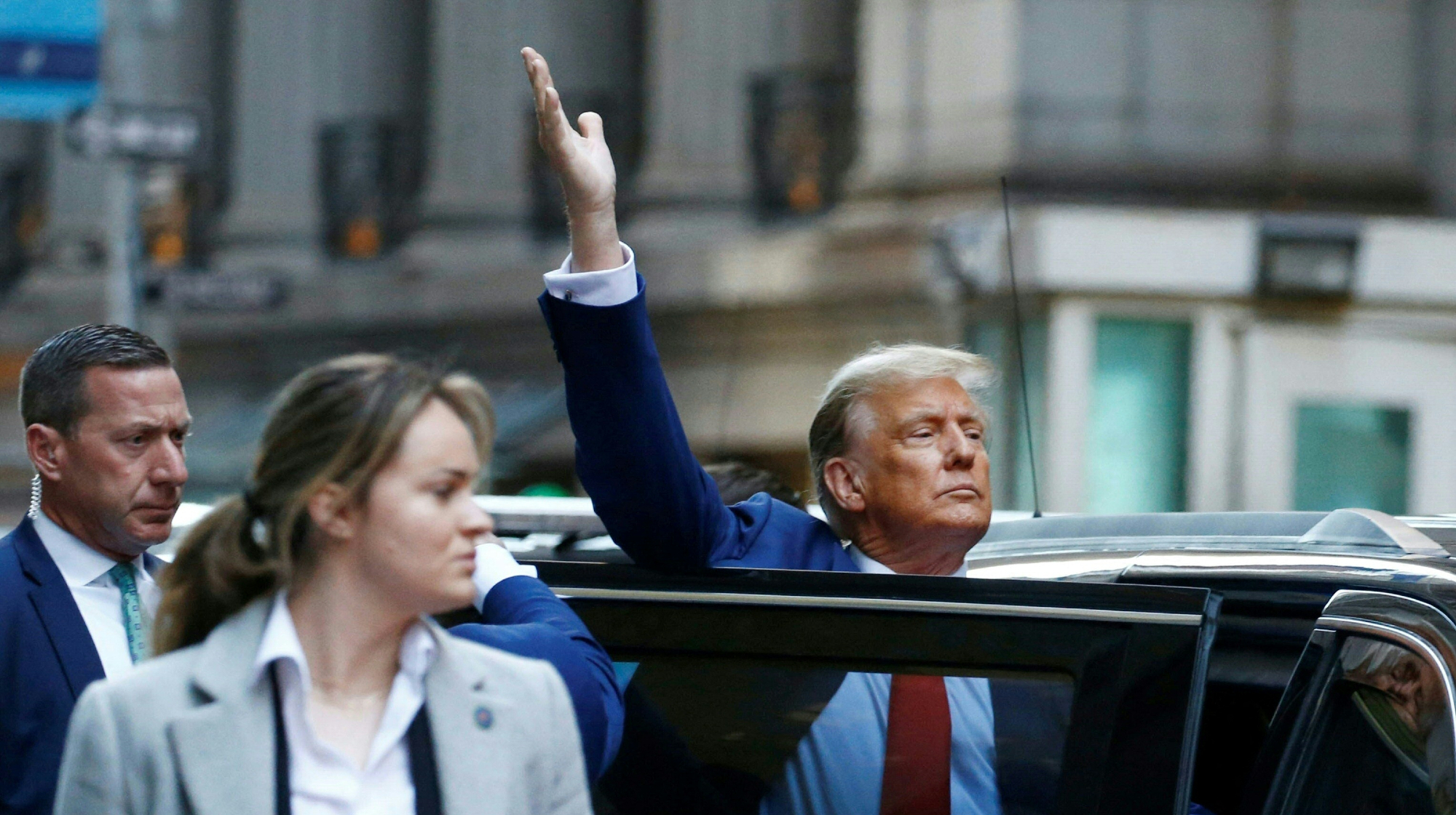 New York court tosses Trump's $500M fraud fine
New York court tosses Trump's $500M fraud fineSpeed Read A divided appeals court threw out a hefty penalty against President Trump for fraudulently inflating his wealth
-
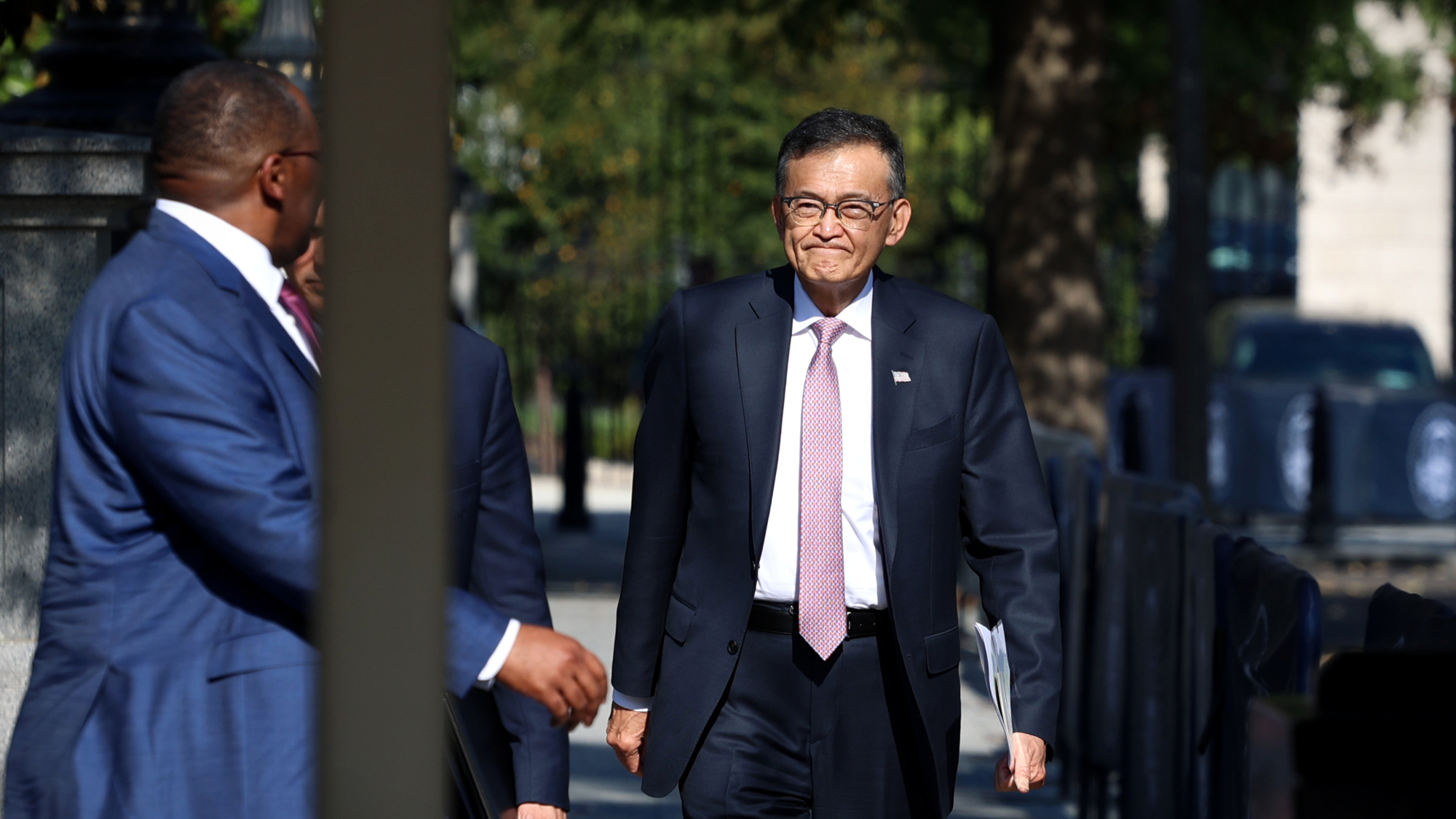 Trump said to seek government stake in Intel
Trump said to seek government stake in IntelSpeed Read The president and Intel CEO Lip-Bu Tan reportedly discussed the proposal at a recent meeting
